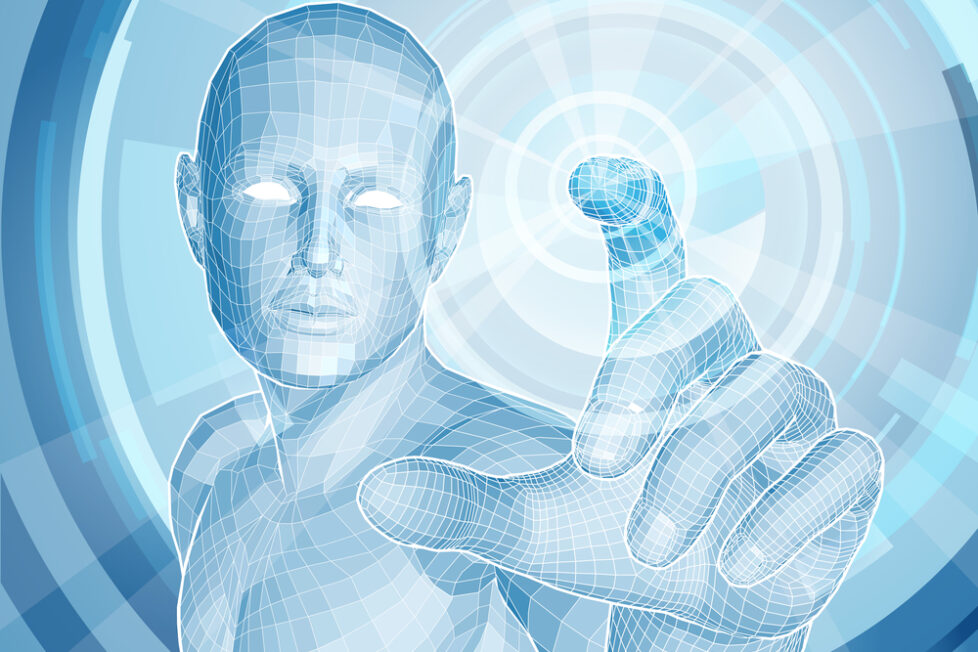3D Character Modeling for Games: A Comprehensive Guide

LINKS TO CONTENT
ToggleCreating captivating and dynamic characters is a fundamental aspect of project development. In this comprehensive guide, we’ll delve into the intricacies of character modeling for projects, focusing on the essential techniques, tools, and considerations. According to the 3D Models Market report, the global digital models market is expected to grow significantly, with its size projected to increase from USD 1,024.2 million in 2021 to USD 2,771.6 million by 2030, reflecting a compound annual growth rate (CAGR) of 15.1% from 2022 to 2030. Whether you’re a seasoned project creator or an aspiring artist, this guide will provide valuable insights to help you create 3D game characters that stand out in today’s competitive market.
Figure modeling is the process of creating a three-dimensional digital representation of a character. This involves several stages, including concept art, sculpting, texturing, rigging, and animation. Each stage requires a unique set of skills and tools to bring a character to life.
The journey begins with concept art, where artists sketch out the character’s design, personality, and overall aesthetic. This stage is crucial for establishing the character’s visual identity and ensuring alignment with the project’s narrative and style.
Artists use software like ZBrush or Blender to create a high-resolution virtual model. Sculpting focuses on capturing intricate details, such as facial expressions, muscle definition, and clothing folds, making the character look realistic and engaging.
After sculpting, the high-resolution model is often too complex for real-time rendering in projects. Retopology involves simplifying the model’s geometry while preserving essential details. Tools like Maya and 3ds Max are commonly used for this process.
Texturing adds colour, patterns, and surface details to the model. Artists use software like Substance Painter and Photoshop to create realistic textures that enhance the character’s appearance. This stage also involves creating normal maps, which simulate fine details without adding extra geometry.
Rigging creates a skeleton for the three-dimensional object, allowing the character to be posed and animated. This requires careful attention to joint placement and movement constraints to ensure realistic and fluid animations.
The final stage is animation, where the character’s movements come to life. Animators use software like Maya or Blender to create keyframe animations or motion capture data. This stage is crucial for making the character interact convincingly with the project environment.
To create virtual project characters effectively, it’s essential to master various techniques and tools. Here are some key ones:
Australia has emerged as a significant player in the global project creation industry, showcasing a unique blend of creativity, innovation, and technical expertise. Game development in Australia is characterized by a dynamic community of passionate creators, artists, and designers who are pushing the boundaries of what projects can achieve.
Over the past decade, project creation studios in Australia have increased remarkably. This diverse and vibrant landscape ranges from small indie creators to larger, more established studios. Notably, cities like Melbourne, Sydney, and Brisbane host numerous project-creation companies that contribute significantly to the industry. These studios not only create successful projects but also foster a collaborative and supportive environment for aspiring project creators.
Renowned for their talent and innovation, Australian creators have gained international recognition for their work on various successful projects. The country boasts a wealth of skilled professionals excelling in different aspects of project creation, including programming, design, art, and animation. This talent pool continues to grow, thanks to the robust educational programs and training opportunities available in Australia.
Three-dimensional object modeling is a complex yet rewarding aspect of project creation. By mastering the essential techniques and tools, you can create characters that captivate and engage players. Whether you’re just starting or looking to refine your skills, understanding the nuances of virtual character modeling is crucial for success in the industry. With the right approach and dedication, you can create characters that stand out and leave a lasting impression.
At Fgfactory, we specialize in creating top-notch digital characters that bring your vision to life. Our team of experienced artists and creators is dedicated to delivering high-quality models that enhance your project’s appeal. Whether you’re working on a small indie project or a large-scale AAA project, Fgfactory has the expertise and resources to meet your needs. For more information on our services and how we can help you create stunning characters, visit Fgfactory today.
